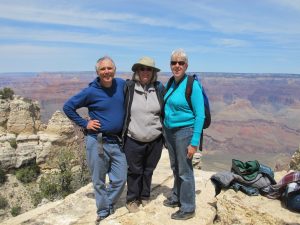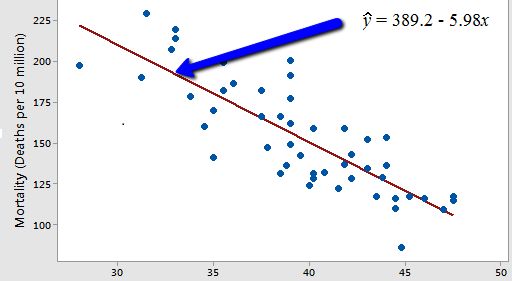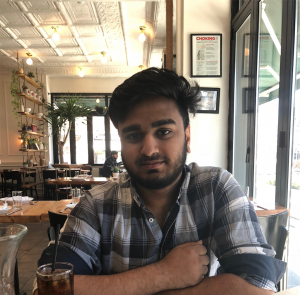The graph in the header is an example of a scatter plot, an important way to display how to 2 variables are related to each other. We will soon know how to find the slope and y-intercept of the regression or trend line which is displayed.
Over the course of the semester, I hope you develop a sense of data and an appropriate set of tools to analyze and display a data set. These skills form part of what is called “descriptive statistics”. Other notions to develop are hypothesis testing and confidence intervals, part of “inferential statistics”. From probability, you will develop a sense of distribution and characteristics that distributions have.
Your first openlab lab assignment is to introduce yourself and perhaps provide a picture with you a part of it. Be sure to check the “introduction” category on the right and uncheck the “uncategorized”.
As I have mentioned in class, statistics is not really part of math. It should be thought of as a discipline all itself. It does heavily depend on a branch of math called “probability”. By way of analogy, physics is not a subfield of math, even though it too depends heavily on a branch of math, namely calculus.
My background is not statistics, but math. In particular, my specialty is combinatorics, which is part of “discrete” math, one of the 2 umbrella branches of math (the other being “continuous”). Combinatorics is sometimes known as the art of counting. When we study probability, we will be engaging with a small portion of combinatorics, in particular “combinations” and “permutations”.
As for hobbies, I like outdoor activities such as gardening, hiking, biking, swimming and cross-country (Nordic) skiing. I ride my bike from where I live in Harlem to work (usually just one direction) each day. I sing each evening of the week and also on weekends with different choirs, ranging from Sacred Renaissance, Baroque and early American to eastern European folk (Georgian, Lithuanian, Ukrainian). In the summers, I typically play a mellophone in the Bread and Puppet Band in Glover, Vermont.

Photo of me with a couple of my aunts with the grand canyon in the background.
A statistical question would be if you are doing a photo like this, what is your chance of falling off the cliff. I am guessing it is pretty slim, perhaps 1 in a million. However, if you are doing a selfie, then the chance probably increases by a magnitude to perhaps 1 in hundred thousand. In fact, New York State has recently taken measures at the Kaaterskill Falls, as a result of multiple deaths occurring while people were taking selfies.





